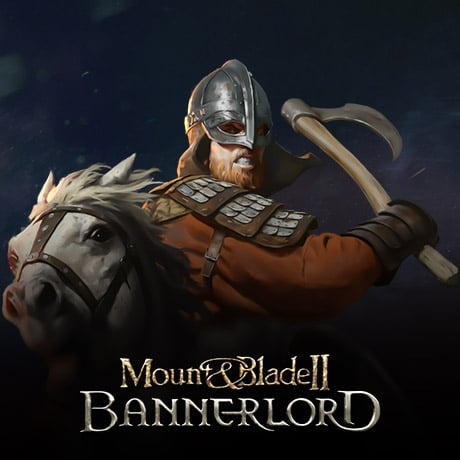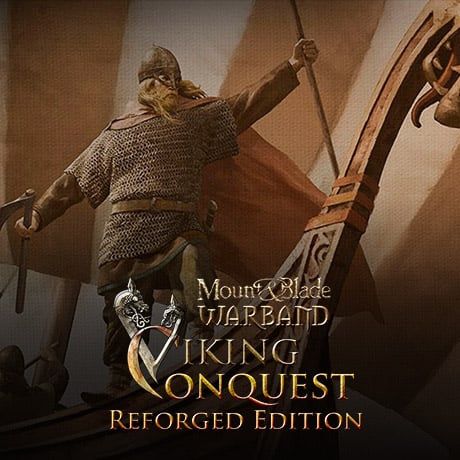Tale Words
Recruit

Hi guys, just a couple of questions about chamber blocking downward slashes in a 2H sword vs 2H sword scenario.
When we watch the animation of a downward 2H sword attack, it appears to come straight down the middle of the sword wielder’s body. Therefore, two questions come to mind.
First: where should my crosshair (aka center of screen) be when I initiate a chamberblock to such an attack: in the center of the opponent’s body (ie where his sword is while slashing downwards), or on the side of his body where he was holding his sword immediately before initiating the downward slash?
The second question is, does it matter on which side of my body my own sword is positioned? For example, if the answer to the first question is “aim to the opponent’s side” (rather than center), and my opponent holds his sword on my left, are my chances of chamber blocking correctly increased if I also hold my own sword on my left (same side as opponent’s sword)?
Thank you guys in advance for any tips!
When we watch the animation of a downward 2H sword attack, it appears to come straight down the middle of the sword wielder’s body. Therefore, two questions come to mind.
First: where should my crosshair (aka center of screen) be when I initiate a chamberblock to such an attack: in the center of the opponent’s body (ie where his sword is while slashing downwards), or on the side of his body where he was holding his sword immediately before initiating the downward slash?
The second question is, does it matter on which side of my body my own sword is positioned? For example, if the answer to the first question is “aim to the opponent’s side” (rather than center), and my opponent holds his sword on my left, are my chances of chamber blocking correctly increased if I also hold my own sword on my left (same side as opponent’s sword)?
Thank you guys in advance for any tips!







